
Heinrich Suter was a historian of science specializing in Islamic mathematics and astronomy.

Gabriel Anton was an Austrian neurologist and psychiatrist. He is primarily remembered for his studies of psychiatric conditions arising from damage to the cerebral cortex and the basal ganglia.
Heidegger Gesamtausgabe is the term for the collected writings of German philosopher Martin Heidegger (1889-1976), published by Vittorio Klostermann.

Karl Joseph Eberth was a German pathologist and bacteriologist who was a native of Würzburg.
August Aichhorn was an Austrian educator and psychoanalyst.

Adolf Loewy was a German physiologist.

Karl Hürthle was a German physiologist and histologist who was a native of Ludwigsburg.
Fritz Noll was a German botanist who made contributions in the field of plant physiology.

Paul Parin was a Swiss psychoanalyst, author and ethnologist.
Ernst Morgenthaler (1887–1962) was a Swiss painter. His wife, Sasha Morgenthaler, was a well-known doll manufacturer in Zurich. Their one of their sons, Fritz Morgenthaler, was a psychoanalyst and painter.

Andrea Prader was a Swiss scientist, physician, and pediatric endocrinologist. He co-discovered Prader–Willi syndrome and created two physiological sex development scales, the Prader scale and the orchidometer.
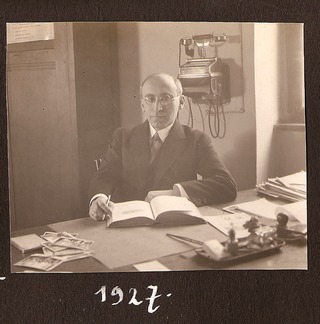
Hugo Iltis was a Czech-American biologist.
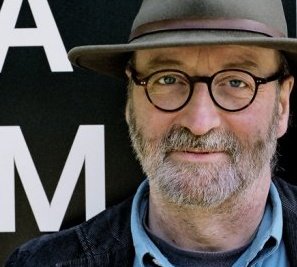
Hans-Michael Bock is a German film historian, filmmaker, translator and writer.
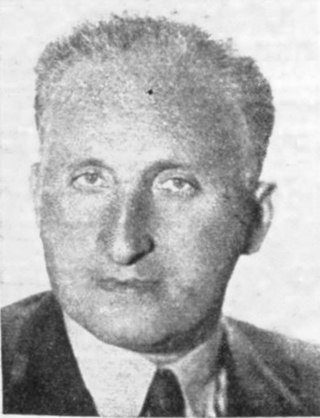
Gustav Bychowski was a Polish-American psychiatrist, psychoanalyst and author. He studied for a medical degree at the University of Zurich and studied psychiatry at Burghölzli, the University of Zurich's psychiatric hospital. He then studied psychoanalysis under Sigmund Freud in Vienna before moving back to Warsaw in 1921 and translating Freud's Introduction to Psychoanalysis into Polish.

Grossner Hafner is one of the 111 serial sites of the UNESCO World Heritage Site Prehistoric pile dwellings around the Alps, of which are 56 located in Switzerland.

Meilen–Rorenhaab is one of the 111 serial sites of the UNESCO World Heritage Site Prehistoric pile dwellings around the Alps, of which 56 are located in Switzerland.

Zürich–Enge Alpenquai is one of the 111 serial sites of the UNESCO World Heritage Site Prehistoric pile dwellings around the Alps, of which 56 are located in Switzerland.
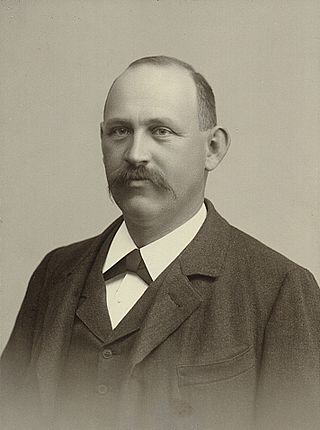
Hans Conrad Schellenberg was a Swiss botanist and agronomist.
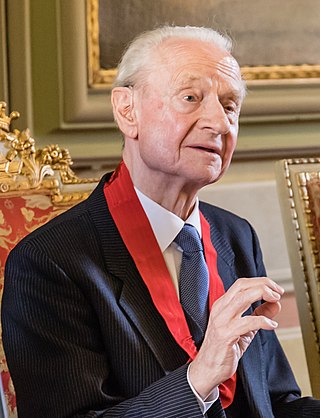
Friedrich-Wilhelm von Herrmann was a German philosopher. He was known for his expertise on Heidegger's thought, having worked with him at the University of Freiburg from 1972 to 1976. Herrmann taught there as professor from 1979 to 1999.
Friederike Bertha Helene Weyl née Joseph was a German writer and translator. She was married to the mathematician Hermann Weyl.












